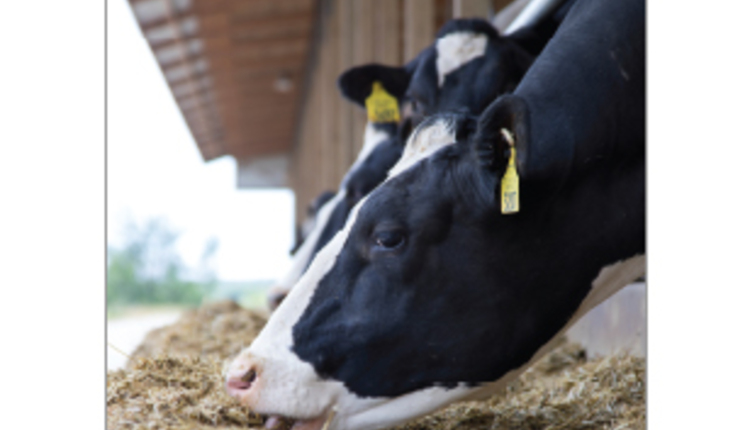There is a lot of concern about dry-down rates of the forage and grain in this year's corn silage crop, according to Joe Lauer, corn agronomist at the University of Wisconsin-Madison. Some people are concerned that the grain will get too hard and be drier than stover when harvested and placed into storage.
In a recent report, Lauer examined some of the principles behind timing the decision to begin silage harvest. In his experience, there likely will be differences in the dry-down rate because of this summer's wetter conditions in many areas. The forage and the grain does tend to dry down together on dry years, said Lauer. But in normal and wetter years, corn stover is wetter (especially at the base of the stalk) than corn grain and stover dries at a slower rate.
Lauer and others have experimented with different strategies for years when the fodder and grain dry down at different rates. One tactic is to adjust cutting height.
Most corn silage choppers have kernel processors. Even though corn grain and stover may have different moistures, when these plant parts are mixed, moisture will migrate from wetter to drier parts. What is important to remember, said Lauer, is that the whole-plant moisture must be at the recommended level for your storage method.
The fact that corn stover and grain plant parts dry down at different rates offers you a management option. If corn silage is too wet, but the field must be chopped, you can lower whole-plant silage moisture by raising the cutter bar. This could be especially useful when working with custom operators and timing corn silage chopping. You will give up some yield although it is the lowest quality part of the plant.
Lauer offers these in-season guidelines to predict corn silage harvest date:
- Note hybrid maturity and planting date of fields intended for silage.
- Note silking date. Half milk of the kernels will typically occur about 42 to 47 days after silking.
- Once kernel milkline begins to move, measure moisture of fields intended to be harvested for silage. Use 0.5 percent per day to predict date when field will be ready for your storage structure.
- Make a final check prior to chopping.
- In most years, corn stover is wetter than corn grain at the time of corn silage harvest. Dry down of these plant parts usually doesn't happen together, except in dry years when the dry-down rate is similar between stover and grain. If a custom chopper arrives on the farm and is pushing to begin chopping and you are going to have plenty of silage, then you can raise the cutter-bar of the chopper and silage moisture will drop 2.0 to 3.7 percentage units of moisture. Remember though that there is a yield versus quality versus moisture trade-off that will occur as cutting height is raised, concluded Lauer.









